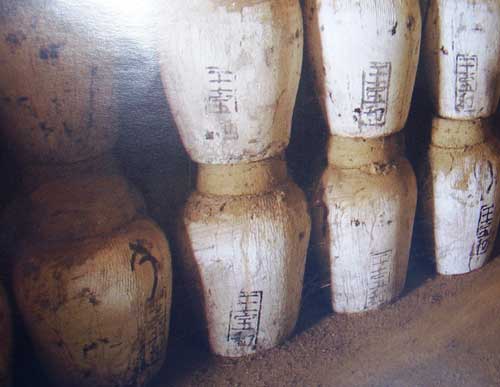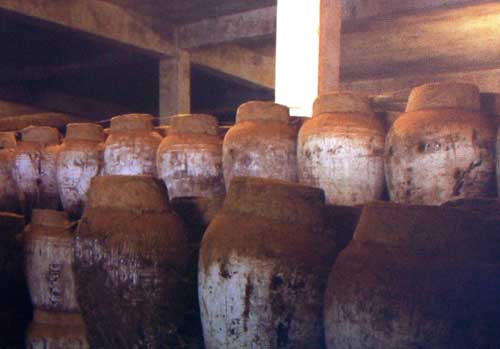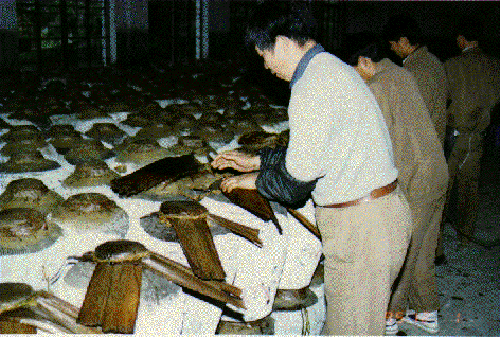Rice Wine Culture
Wang Bao He, Forefather of Wine
In the ninth year of Emperor Qianlong’s reign (1744), a workshop owner named Wang Guichen set up Wang Bao He workshop in Lintou Village, Dongpu Town, Shaoxing, which was the embryonic form of Wang Bao He today. Later workshops such as Zhou Yun Ji, Liu Bao Yu, Lin Wan He, Jin Gong Cheng, Gao Chang Xing and Shan Tai were successively established and thereby bouquet pervaded the town. According to A Brief History of Shaoxing Wine, Dongpu made the largest number of wine in recent century where one third of 3,000 residents made a living by making wine, which was described in a verse that “Coming to the bustling night fair of Dongpu where drinkers came in a steady flow”. At that time, Wang Bao He boosted its specialized old yellow rice wine. It was recorded that Shaoxing yellow rice wine was ranked as the top 10 famous products in county annals during Emperor Jiaqing’s reign of the Qing Dynasty. Shaoxing wine won gold medals and awards in exhibitions such as Nanyang Industrial Exposition (1910), Panama–Pacific International Exposition (1915) and West Lake Exposition (1925). Wang Bao He workshop not only carried forward but also innovated on brewing technology accumulated over the past 2,500 years so that Shaoxing yellow rice wine of high quality distinguishes itself from others. One tip for the success of Wang Bao He yellow rice wine is the careful selection of raw materials. Preparation of materials begins when autumn turns into winter, with the adoption of quality new produced glutinous rice from Jintan or Danyang, and Jianhu water which is pure but rich in mineral. Another tip is the elaborate producing process. Normal yellow rice wine is produced with 18 dou (an ancient Chinese unit of measure) of rice and 8 buckets of water. However, in Wang Bao He, 6 buckets of water and 3 dou of wheat koji are used. With 90 days of complex fermentation, the wine gradually becomes mildly sweet, charmingly fragrant and refreshingly tasty, the alcoholic content is 17%. You may feel tipsy but never drunk after drinking this. In Wang Bao He, new produced yellow rice wine is stored in pottery jars, with mud sealing them. The mud is dried in the sun, and mixed with rice chaff, which make it possible for those jars to bear pressure of over 1,000 kg. Generally the storage time is 10-20 years. The longer it is stored, the more complete the fermentation is, and the more fragrant it smells. After China’s liberation, Wang Bao He got strong support from those related departments. To ensure wine quality, the Administration Bureau of State Monopoly Sale of Alcoholic Beverages in Huangpu district even established the only wine mixing workshop in Shanghai at that time. With their rich experience, and based on the vintages and characteristics of those wines, wine mixing masters selected advantages of each kind of wine, wrote down new ingredients and evaluated them by means of looking, smelling and tasting. They finally mixed out special Wang Bao He yellow rice wine. No wonder the Shanghai performing artist Huang Yongsheng sang that drink Wang Bao He yellow rice wine, you’ll be fully satisfied with its high quality. For over 2 centuries, when the moon is round in the sky, the smell of chrysanthemums flows in the air, people would like to drink Wang Bao He yellow rice wine and eat Wang Bao He hairy crabs. When the fragrance mixes together, isn’t it the most wonderful thing in the world? You will be totally immersed at such a delightful moment.






